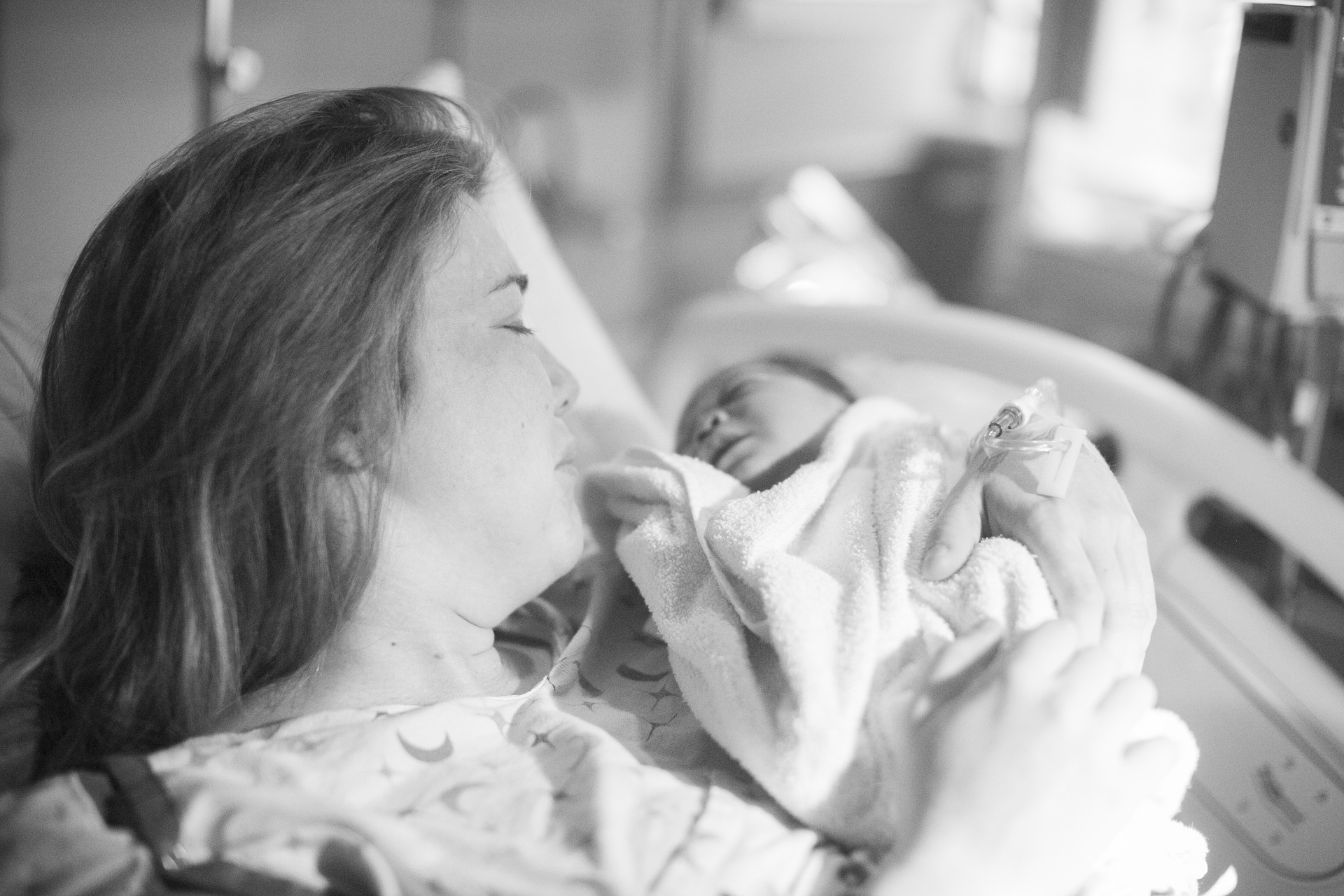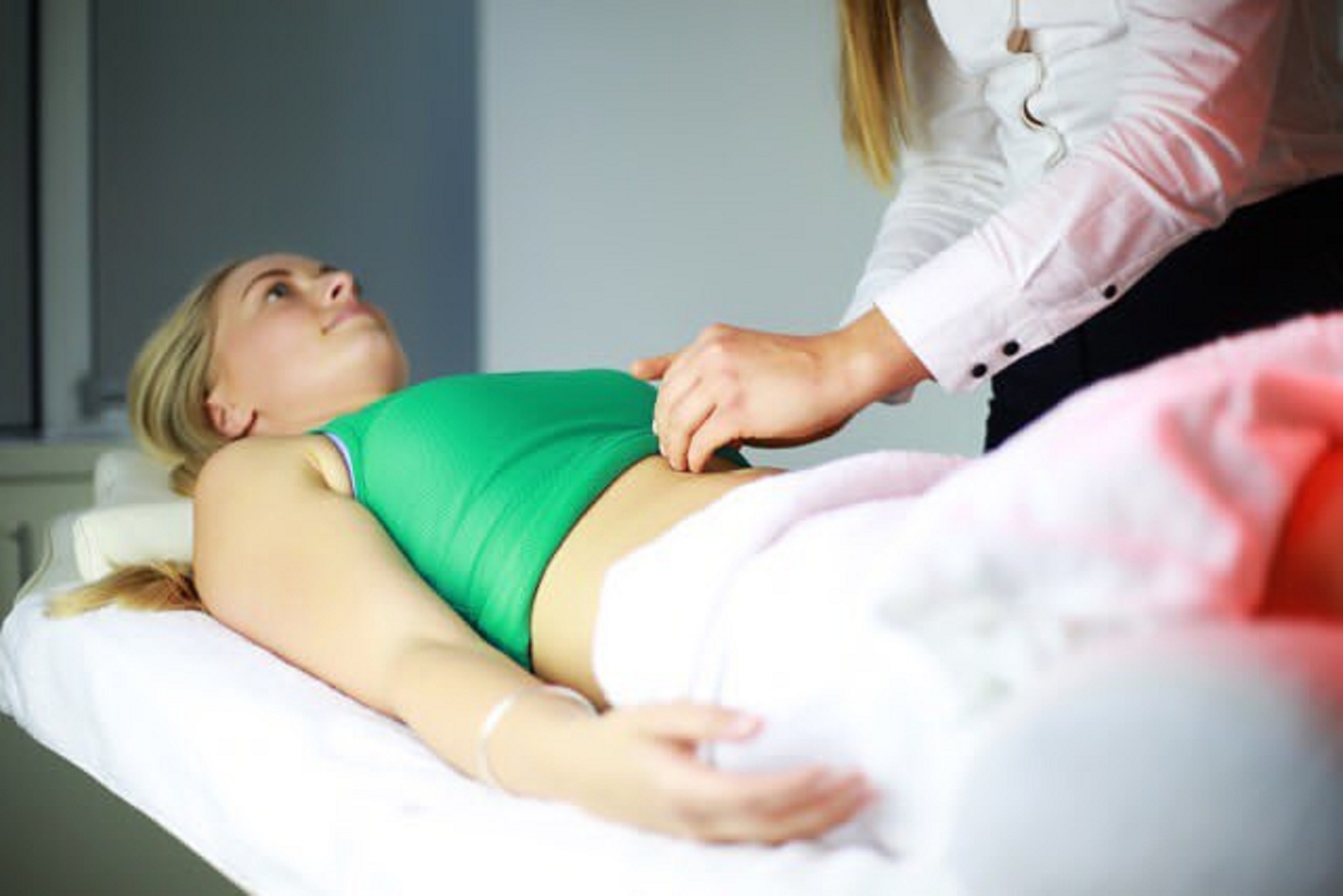In Ireland, up to 350,000 people suffer from an overactive bladder. This article explains everything you need to understand about having an overactive bladder.
The Overactive Bladder page answers the following questions:
1. What is an overactive bladder?
2. What are the possible causes of an overactive bladder?
3. What are the symptoms of an overactive bladder?
4. How is an overactive bladder diagnosed?
5. What treatments are available for an overactive bladder?
6. How might an overactive bladder affect lifestyle and social life?
Overactive Bladder
1. What is an overactive bladder?
An overactive bladder is considered to be a group of urinary symptoms and not a disease, as such.
It occurs when a muscle located inside the bladder, called the detrusor muscle, makes contractions more often than normal, generating a sudden and overwhelming need to urinate, even if the bladder is not full.
2. What are the possible causes of an overactive bladder?
neurological disorders diabetes mellitus some medications acute urinary tract infections abnormalities of the bladder or in the last portion of the urinary system cognitive deficiencies caused by ageing
3. What are the symptoms of an overactive bladder?
Usually an overactive bladder is accompanied by some of these symptoms: Increase in urination frequency – this can lead to the need to urinate more than eight times a day, with two or more episodes during the night (nocturia). The sudden, frequent, and strong urge to urinate, having little or no chance to postpone it. This is known as urgency when related to OAB.
Incontinence problems (known as urge incontinence) caused by the involuntary loss or leak of urine after feeling the desire to urinate. In most cases, although the symptoms are severe, there will be enough time to reach the toilet in time to urinate.
However the reality is that OAB is life changing and affects people on a day to day basis and also in terms of their social life. Although an overactive bladder is very common among older adults, this is not a normal condition that comes automatically with ageing. Therefore it should not be regarded as such. OAB sufferers should attend a doctor as soon as possible for treatment.
4. How is an overactive bladder diagnosed?
After making a complete consultation and physical exam focusing on the abdomen and genitals, the doctor will run some tests to make sure there is no urinary tract infection or blood in the urine through a simple urine sample. The neurological aspect of the physical exam is also very important.
Specialised urodynamic tests to study the ability to empty the bladder steadily and completely can be performed by a specialist.
These include:
- The measurement of the urine left in the bladder after urinating through an ultrasound or by passing a catheter to the bladder via the urethra.
- Urinating into a uroflowmetre to measure the volume and speed of the voiding, transforming the data into a graph.
- Testing the bladder pressure through a cystometry, which consists of filling the bladder slowly with warm water through a catheter, while measuring its pressure with a sensor. This allows the doctor to analyse if the bladder has involuntary contractions or is too stiff to store enough urine.
5. What treatments are available for an overactive bladder?
In most cases, a combination of treatment methods can result in a positive outcome for the patient. Behavioural interventions are highly recommended in these cases due to their lack of side effects, easy applications, and positive results.
These mainly consist of doing Kegel pelvic floor exercises to strengthen the pelvic floor muscles and urinary sphincter, having a healthy weight, scheduling the toilet trips instead of waiting for the urge to urinate, training the bladder by delaying its voiding and using absorbent pads.
Medications to relax the bladder´s muscle tissue are also useful for diminishing existing symptoms and urge incontinence episodes, although these can produce a series of annoying side effects that can aggravate the bladder symptoms.
Botox injections to the bladder can be also helpful. Surgical methods include placing a thin wire close to the sacral nerves, which are responsible for stimulating the bladder, to send electrical impulses and improve the symptoms. This wire can be placed temporarily or indefinitely until the condition is resolved. Other surgeries are based on the increase of the bladder capacity or the removal and replacement of the bladder with a prosthesis.
6. How might an overactive bladder affect lifestyle and social life?
Overactive bladder symptoms can affect a person´s quality of life, getting in the way of work, social life, exercise, and sleep. If not treated, this condition could lead to emotional distress, depression, anxiety, sleep disturbances, and even issues with sexuality.
Fortunately, nowadays there are plenty of specialised resources and associations that are capable of providing helpful information to overcome this condition. Going to support group sessions, sharing experiences, and educating your family and friends can also help to reduce feelings of incomprehension and discomfort, therefore playing a role in achieving a positive outcome.





















































